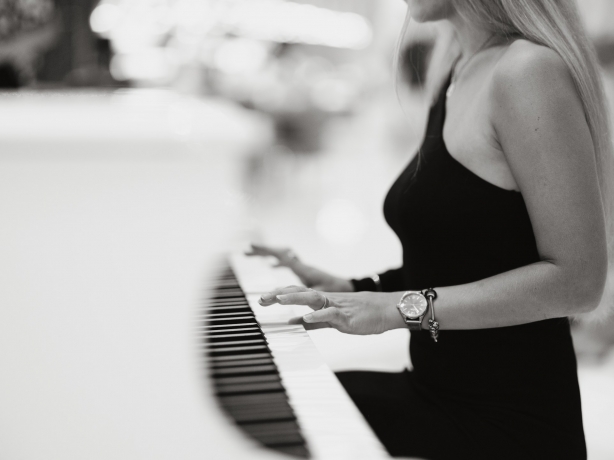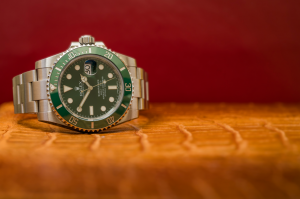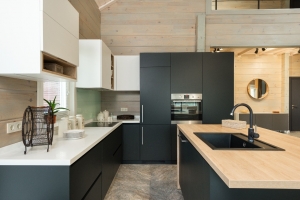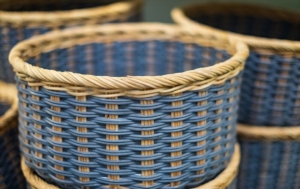The awe-inspiring position of the piano in the annals of Western classical music is quite unique and inherently sacred. It is much more than just an instrument-a testament to the human spirit that has evolved from grotesque early stringed keyboards to the grandest concert grand. Its long journey through the ages has paralleled and often instigated enormous changes in musical idioms, compositional concepts, and performance styles. To follow the pulsating rhythmic heartbeat of classical music history would, in many ways, imply tracing the remarkable life path of the piano itself.
With the piano yet to be born, the remnants of its forebears heavily dominated the musical scene: the clavichord and harpsichord. The clavichord, which had a little dimension and an extremely low tone, allowed for a degree of nuance in touch wherein one could control dynamics with the amount of pressure applied with the fingers. But because of such low volume, it was more often than not considered a practice instrument. The harpsichord's strings would be plucked, generating louder yet brilliant sounds for ensemble performances and drawing rooms. Hence, both shared a major disadvantage of having a fixed dynamic scale. A dynamic conception could hardly be expressed by the composer in his work: the harpsichord could produce no meaningful dynamic changes; the volume was always the same, whether the key was pressed harder or softer. And this limitation fueled the yearning for a new instrument that would really respond to the player's touch-Were there soft or loud sounds?
Driven by this motivation, Bartolomeo Cristofori created the ultimate piano around 1700 in Florence, Italy. Originally called "gravicembalo col piano e forte" (harpsichord with soft and loud), the instrument replaced the previously plucking mechanism of the strings with hammers that struck the strings. With this simple yet profound innovation, the performers could control the volume and the character of the sound by varying the force with which they pressed the keys. Perhaps this instrument, initially called "pianoforte," would have remained a rather obscure specimen until in the 18th century composers, including Carl Philipp Emanuel Bach and Wolfgang Amadeus Mozart, began experimenting with the instrument and investigating its capabilities. Fully understanding this instrument's potential and perfecting its technological aspects took quite some time.
The late 18th and early 19th centuries were a period of meteoric rise for the piano, from the Classical to the early Romantic. Industrial advances played a crucial role here; iron frames grew stronger, the strings thicker, and the escapement mechanisms perfected, allowing a larger soundboard, whereby an increase in key range followed (from five octaves to seven and above), together with increased power. Mozart, among others, championed the instrument, developing the piano concerto form and writing sonatas that exploited the expressive possibilities of the instrument. Were it not for Ludwig van Beethoven, however, the emotional and dynamic possibilities of the piano would have remained largely unexplored. His sonatas and concertos pushed the instrument to its limits, demanding power, lyricism, and dramatic contrasts hitherto unknown, thus establishing the piano as the principal means for expressing profound music. Schubert also contributed significantly with his lyrical character pieces and large sonatas, further bringing versatility to the instrument.
By mid- to late 19th century, Romanticism saw the piano's golden age. Chopin enveloped the instrument in supreme poetic lyricism, with intimate nocturnes that instructed pure beauty, dazzling etudes, and vigorous mazurkas that exploited the singing qualities of the instrument. The Lisztian giant of piano history carried virtuosity to unheard-of extremes, developing the symphonic poem for piano and enthralling audiences with his technical brilliance and transcriptions. In turn, giants such as Robert Schumann and Johannes Brahms continued to enrich the repertoire with their deeply expressive and intellectually exacting works. The piano became a household name, not only as a concert instrument but also as an essential finger-warming companion in middle- to upper-class households; these were symbols of fine arts and entertainment. Moving well into the 20th century, the 20th century opened up even further the expressive terrain through new sonorities, new harmonies, and new percussive capabilities as explored by Debussy, Ravel, Rachmaninoff, and Prokofiev.
Today stands the classical piano as one of the great living forces in the musical world, its rich and varied annals echoing in every concert and lesson. One such legacy is unmatched through evolution brought forth from both the advances in technologies and the limitless creativity of the composers who gave it birth. Inspired by this incredible journey and anxious to become a part of it? Then classical piano lessons near me are the logical next step. The story of piano is still far from over, with entire generations of new musicians continuously drawn toward exploring its depth and beauty.






